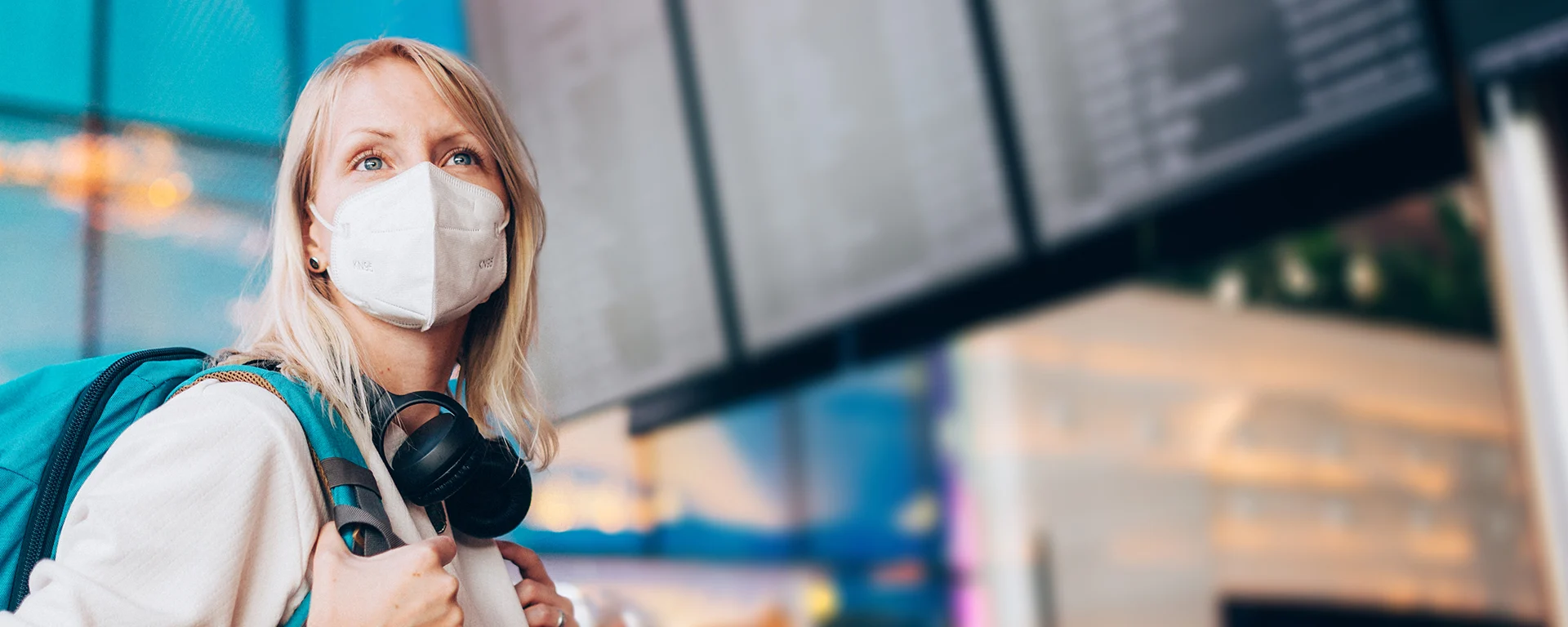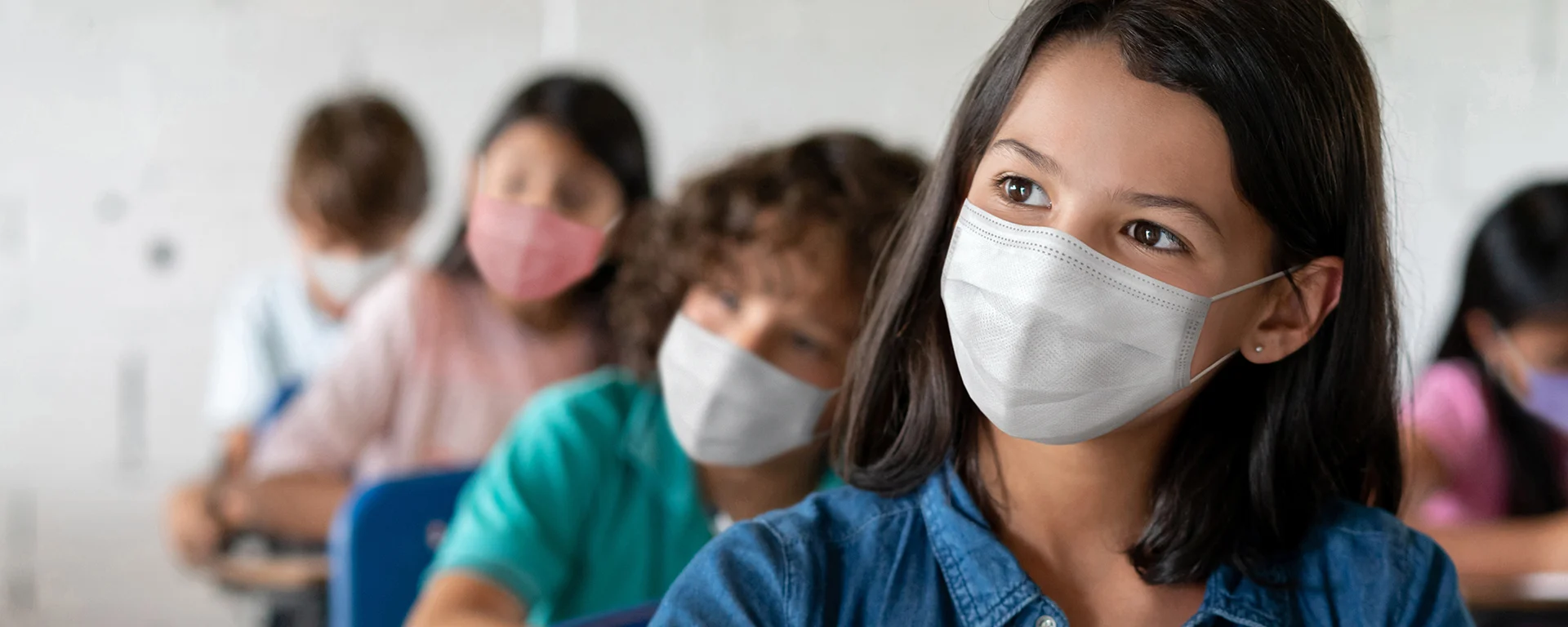Going Back to the Office — For Real This Time
How my partner tries to dodge COVID now that she’s been forced back in.
After three and a half years of working from our spare bedroom, my partner finally got the dreaded return-to-the-office notice from her employer. She and her colleagues are now required to be there three days a week. To enforce this policy, HR tracks everyone’s badge swipes and sends weekly attendance reports to managers (is this middle school?). This new rule significantly impacted her life. It was even more upsetting for our dog, who lost her daytime companion.
My partner is far from alone. According to Gallup, by May 2023, 72% of workers with jobs that could be done from home were going to the office part- or full-time, up from 30% in May 2020. These numbers are only poised to grow. One recent survey suggested that 90% of companies plan to put return-to-office requirements in place by the end of 2024.
Staying COVID-Safe in the Office
Now that she’d be spending hours indoors with her coworkers, both of us worried that she’d catch COVID. So what does she do?
First, she tries to spend as little time in the office as she can. Her company is only tracking badge entries, not exits. And besides, her company’s guidelines focus on the number of days in the office, not the number of hours. So she swipes her badge when she comes in, stays for a meeting or two, and then finishes the workday at home. HR doesn’t know when she left.
This practice is known as “coffee badging.” And in fact, 58% of hybrid workers admit to doing it. Another benefit of the practice is that she avoids the worst of rush-hour traffic – a huge time saver here in the Boston area.
Second, whenever she has to go to a crowded meeting, she wears a high-quality KN95 mask. She found that her co-workers generally don’t care if she has a mask on, and she simply removes it briefly if she’s giving a presentation.
Third, she purchased a portable HEPA air filter for her cubicle. As my colleague explained in this article, a good filter will remove most of the small particles that viruses ride through the air. (They’ll also get rid of pollutants like wildfire smoke.). The filter makes a little noise, but not any more than the small fans some of her office mates have. I also got her a carbon dioxide monitor so she can see whether her office has enough air from outdoors. If it doesn’t, she cranks up the HEPA filter.
All of these tools reduced her risk of getting the virus in her workplace. But except for staying home, nothing will take that risk to zero. In the end, my partner caught COVID a month after she went back. She ended up working from home for two weeks while battling the disease (so much for those attendance reports!). Of course, we don’t know for sure that she caught the virus at work, but here’s the thing. We dodged COVID for three and a half years. Is it really a coincidence that one of us got it right after she went back to the office? I don’t think so.






